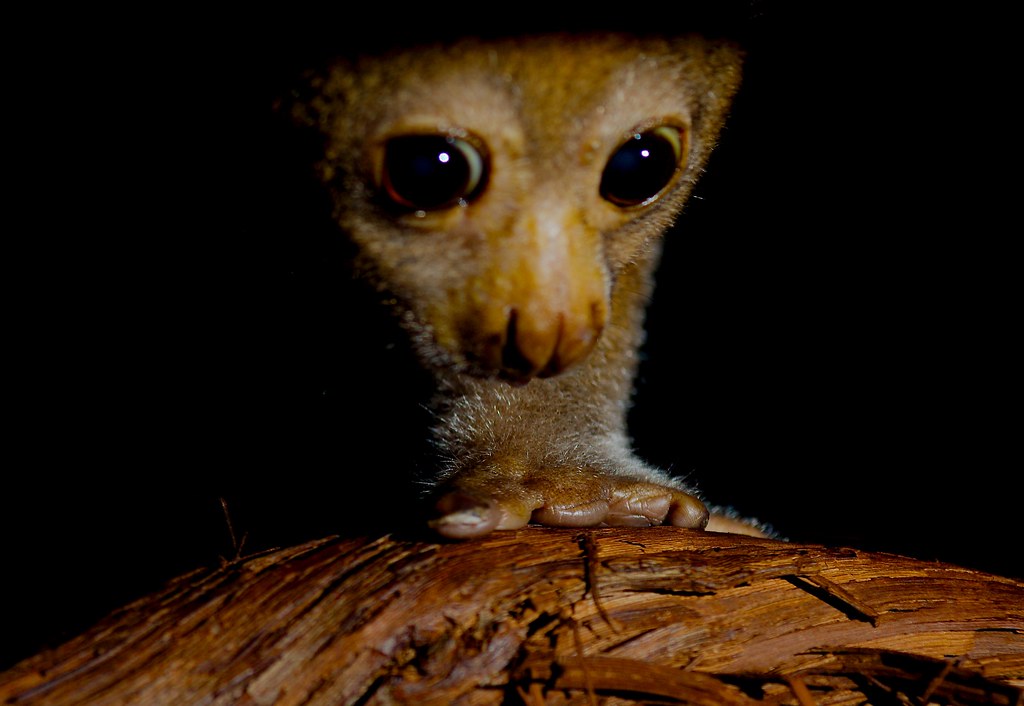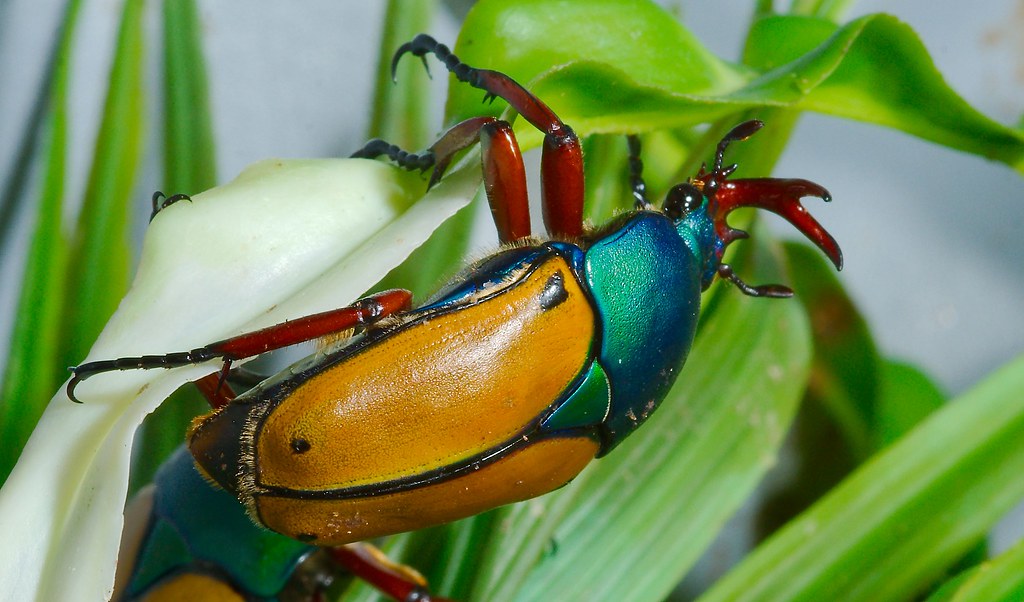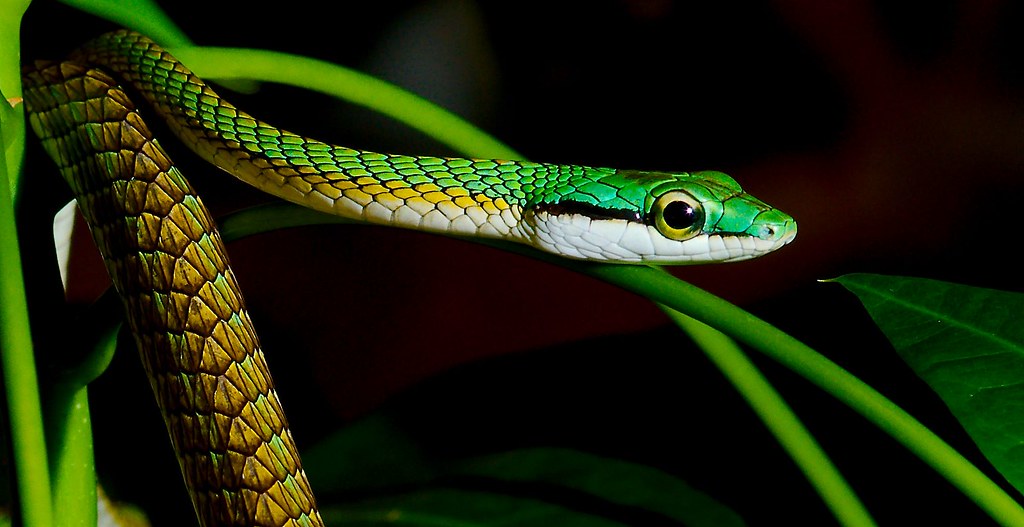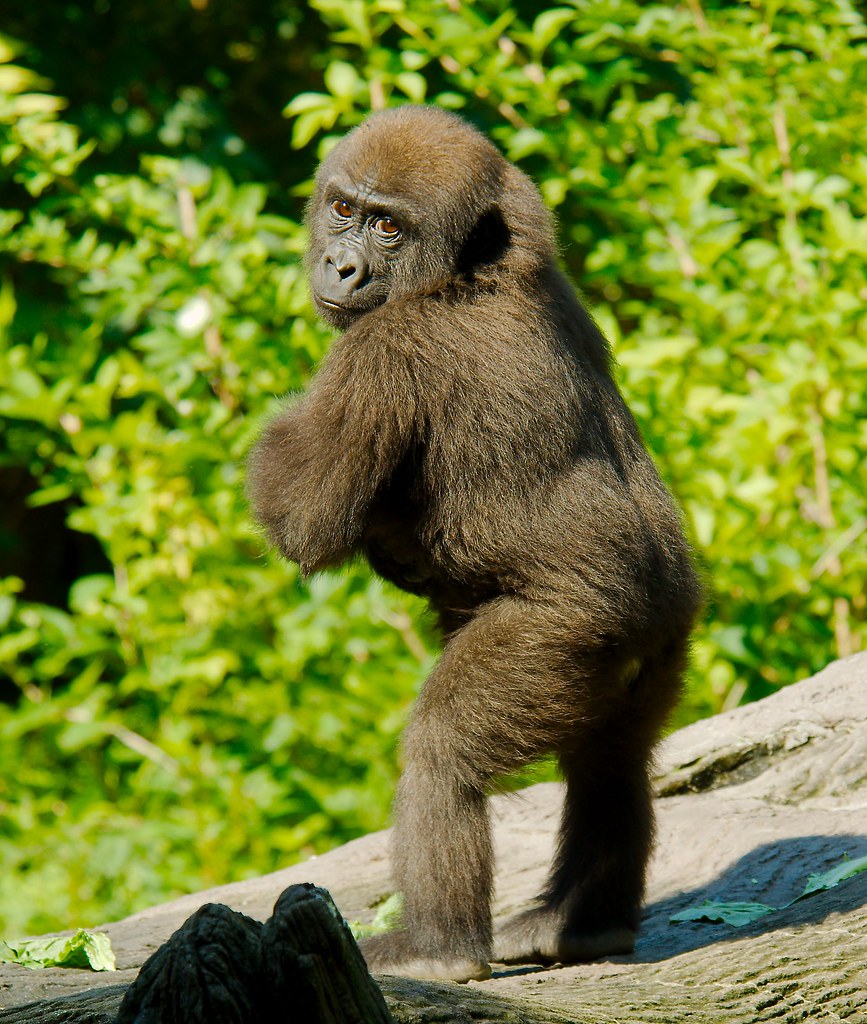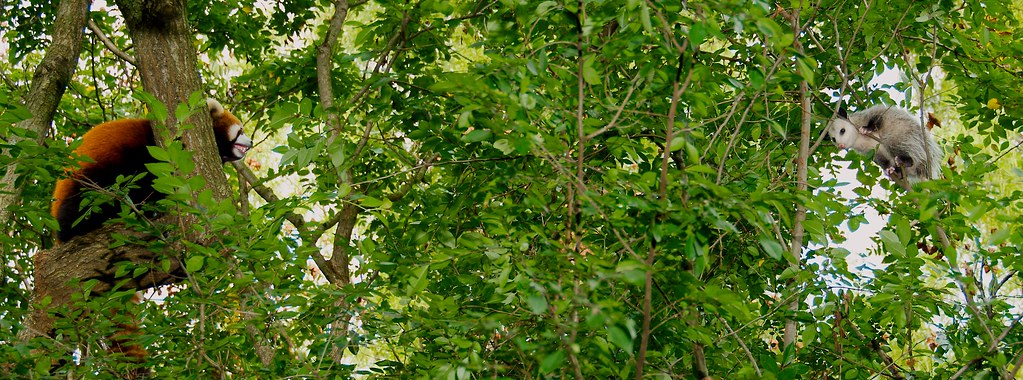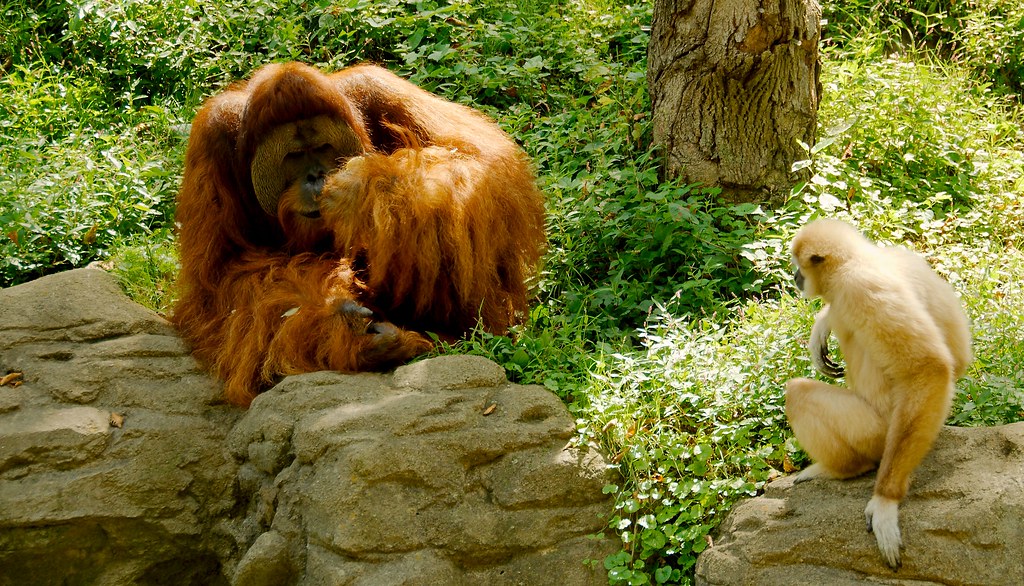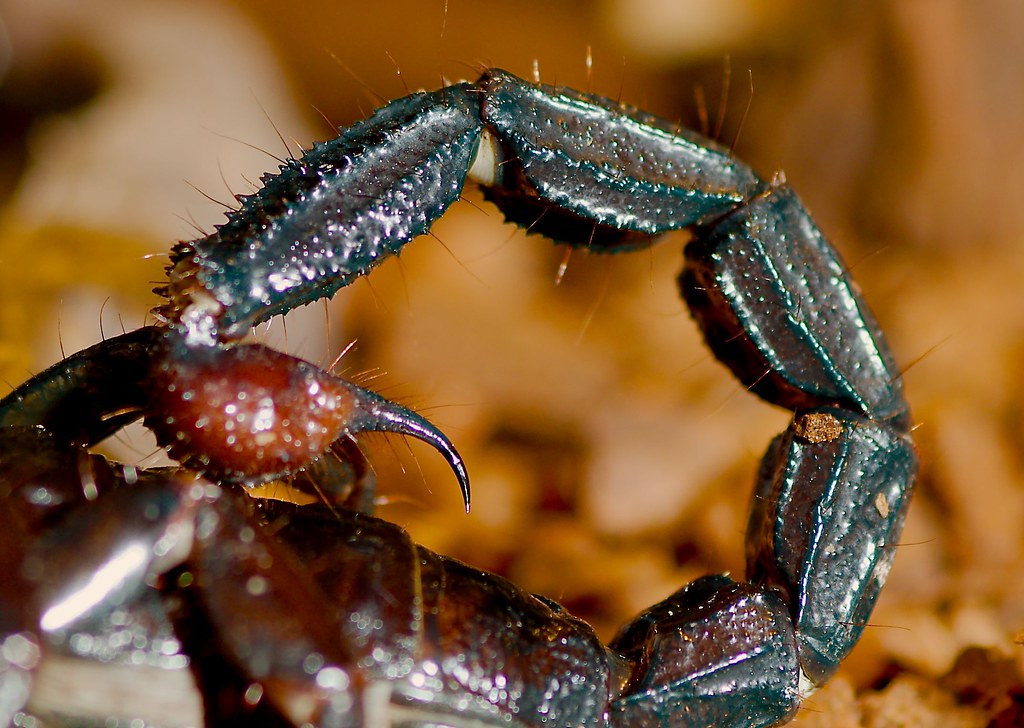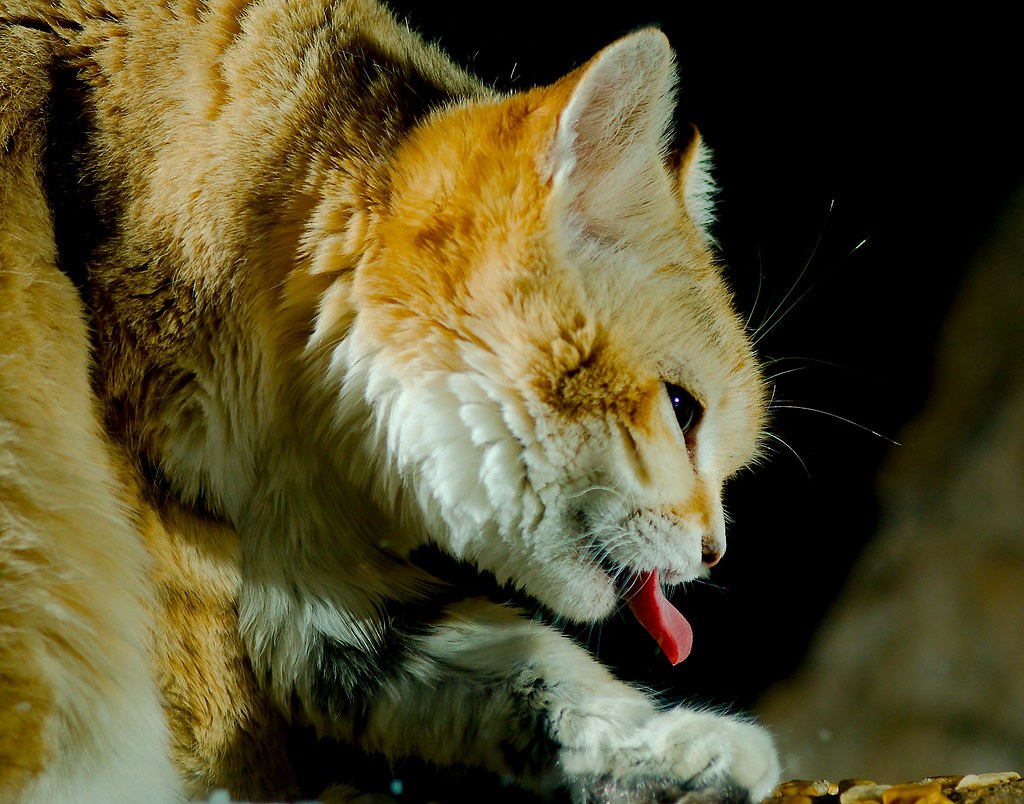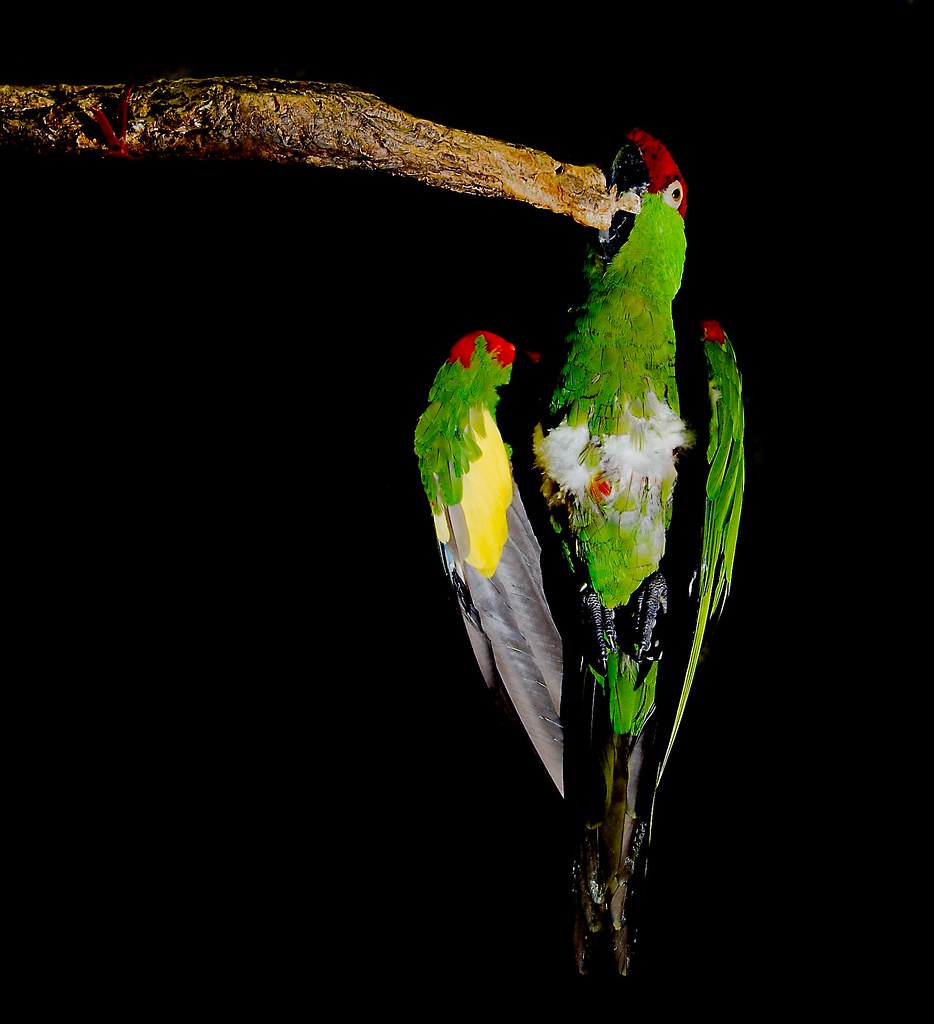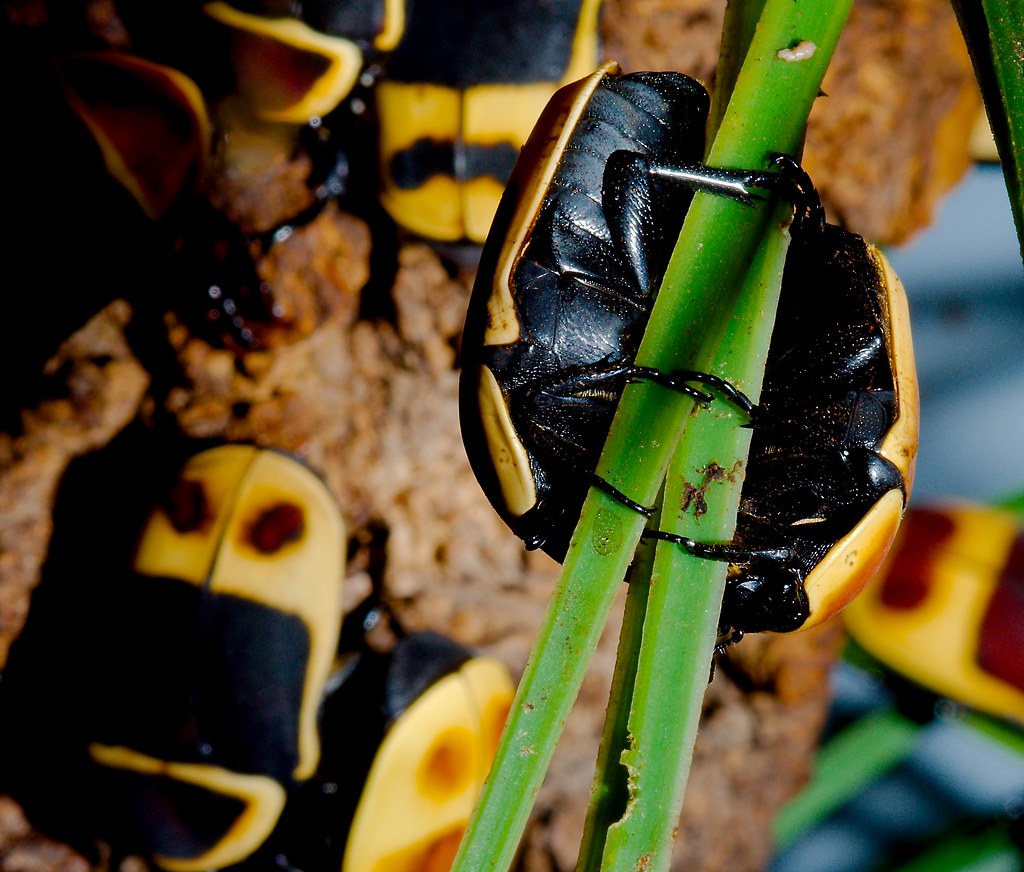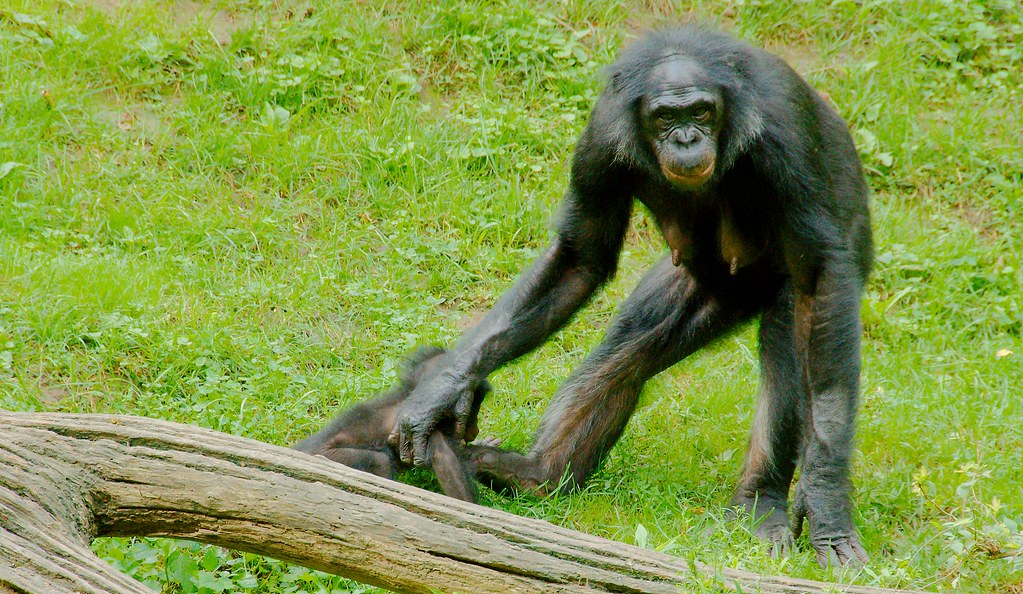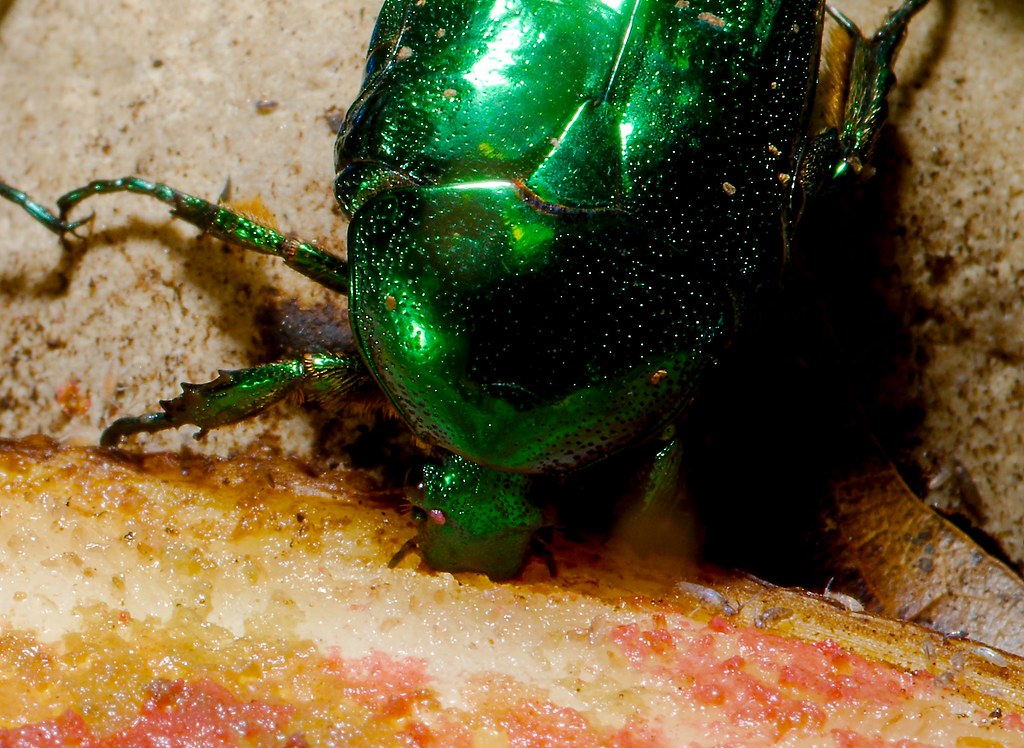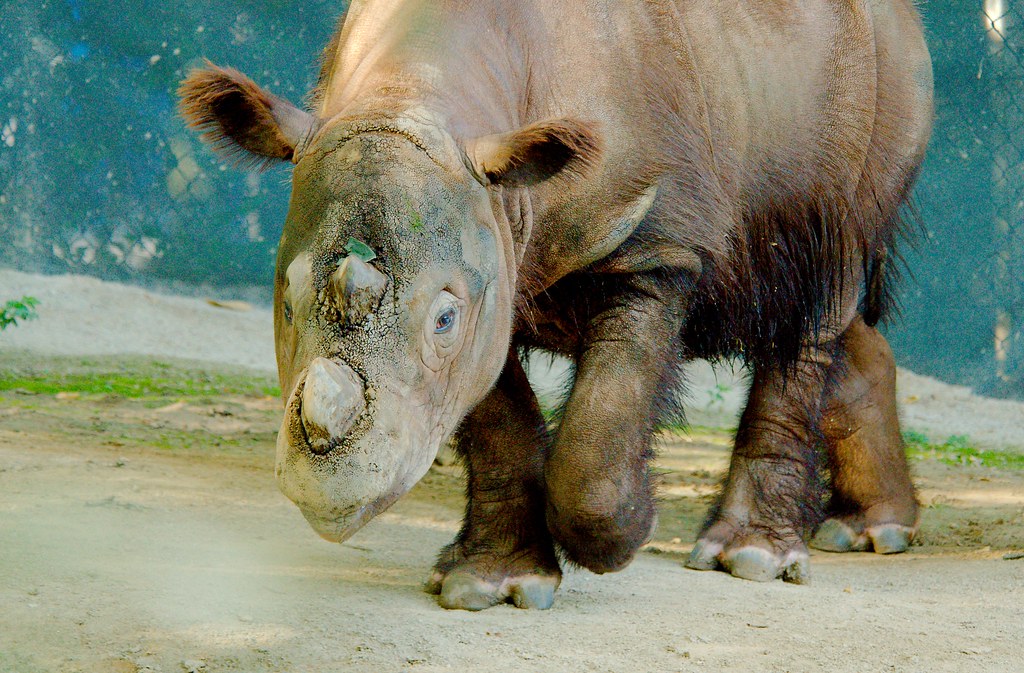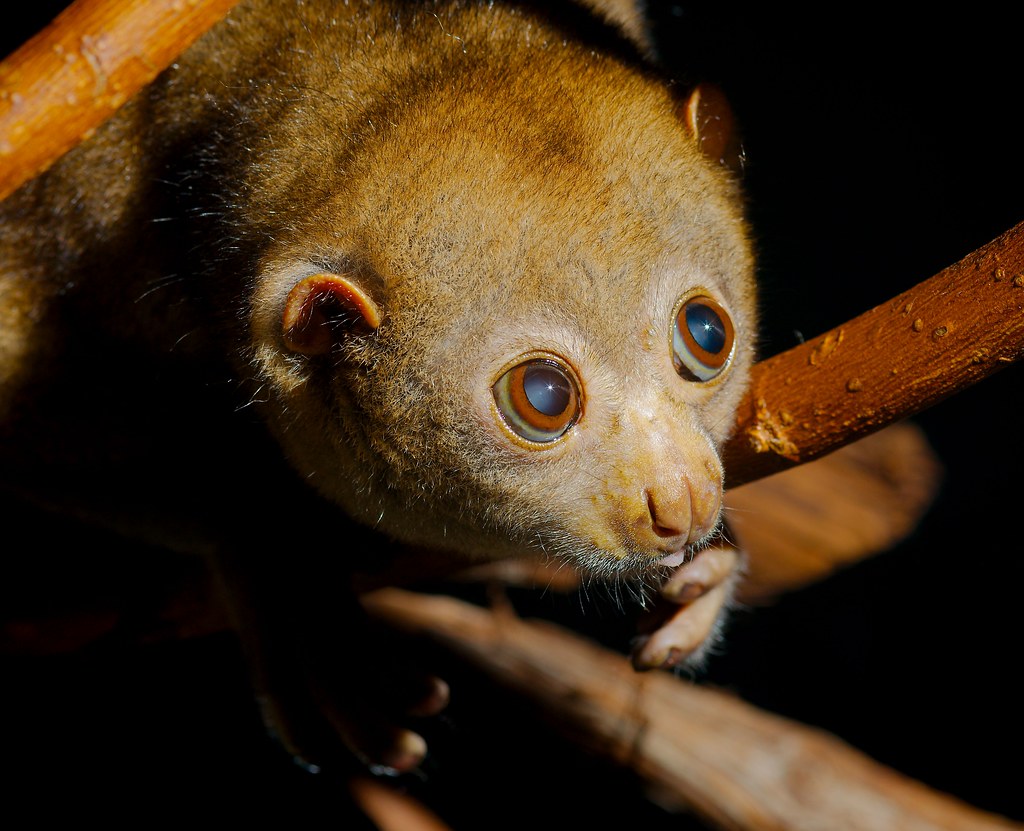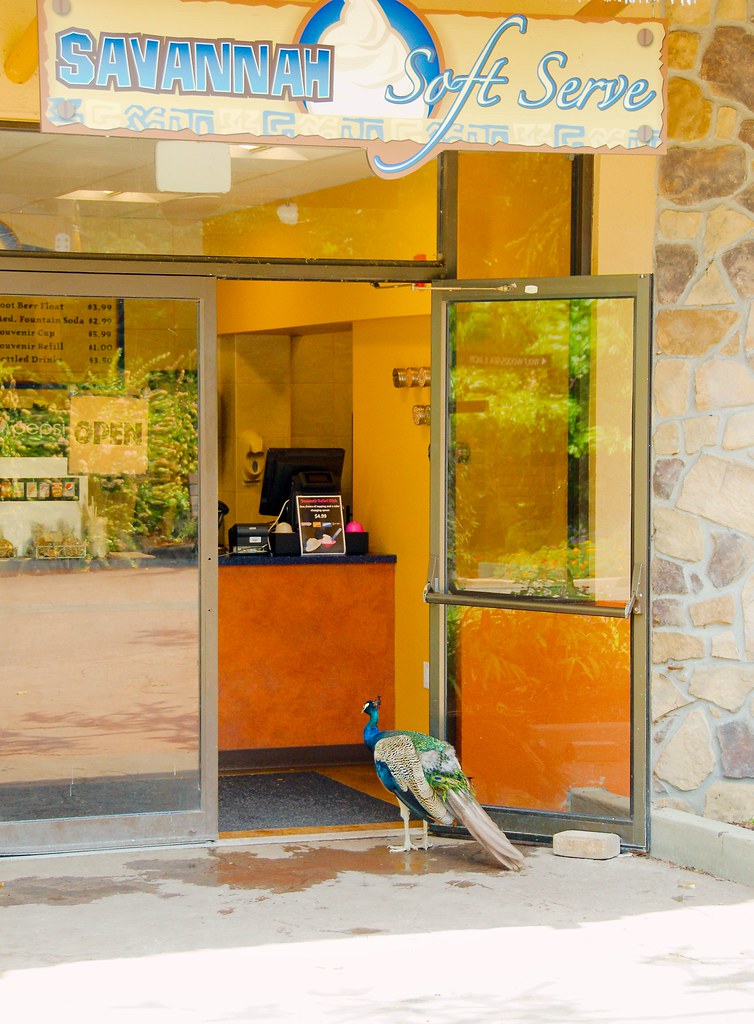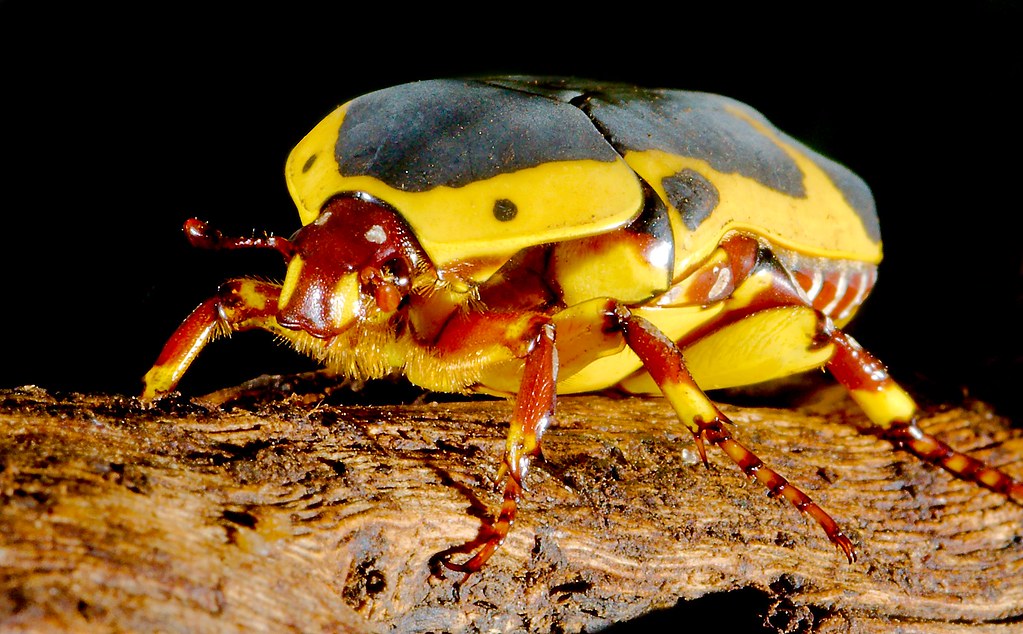Your fiction talks of dimensions as other places, but you are wrong. You know of length, width and breadth. There’s also time, though your pitiful species is limited there. There are, however, others: Blerf, fnirf, and sglorf, the three other so-called spacial dimensions. There’s also thmop and yjilk, completing time’s triad.
It is typical of your arrogance to think that your perception of our world is complete. You see us as stupid and slow, completely oblivious to all we do elsewise and otherwhen. For three millenia, in how you measure time, we’ve been watching. We’ve been planning. We’ve been preparing. What you see is placidity is debate, development and experimentation.
It is the damage.
Only recently have you become aware of the damage you do and the death you deal, but you are limited. You see only what you cause where you perceive, remaining ignorant of the widespread devestation. You speak now, centuries too late, of endangered species. But what of the lost and leaking lands, polluted with your chemicals and fractured from your wars. What of the sky? Even with your limited senses, you must see it has changed. You must somehow sense the echoes, the ripples from the gaping craters just outside your perception. Even the oceans. You test them and find them warmer, more acidic. You don’t see them cut, bleeding, lacerated by your tankers, poisoned by your spills.
We can wait no longer. Our army is formed. Our plans are made. Spend your final hours making your peace.
We are coming through.
